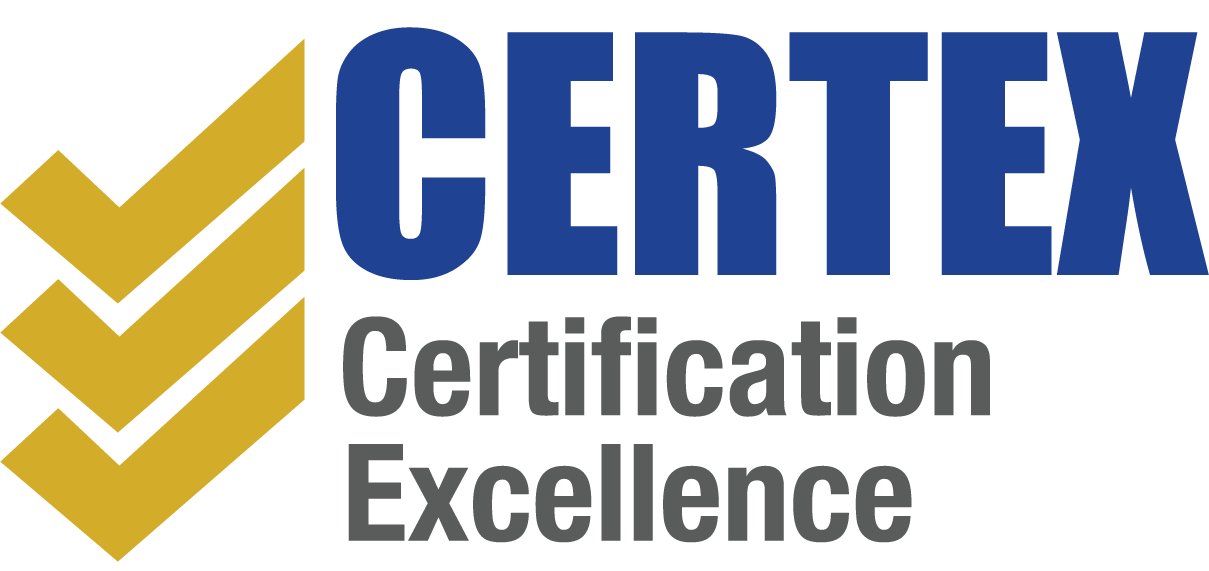Understanding Secondary Mental Injuries
According to WorkSafe Queensland, the number of accepted secondary mental injuries linked to a lost time physical injury claim has doubled over the last five years. Currently, these secondary mental injuries account for 5.1% of all physical injury claims in Queensland, which highlights the importance of taking preventative action. Whether they are triggered as a result of the trauma caused by the initial incident or due to the stress associated with recovery, secondary mental injuries can cause significant emotional and financial burdens on workers as well as employers. (Source : WorkSafe QLD)
In this article let’s explore what secondary mental injuries are and steps that can be taken to prevent them.
What are secondary mental injuries?
A secondary mental injury is a psychological condition such as anxiety, depression or PTSD that occurs as a direct result of a physical injury that a worker faces at work. They may arise from the trauma of the incident itself or can be triggered by the emotional strain of the overall recovery process, including isolation and uncertainty about returning to work.
These conditions are often more complex to diagnose and treat, especially when they are not identified early on. (Source : WorkSafe QLD)
Signs to look out for
WorkCover Queensland’s factsheet: A physical injury can become a mental injury too, describes a few signs and changes to look out for in individuals who are recovering from a physical injury. These include:
Increasingly irritable and withdrawn from those around
Reluctance to return to work even after medical clearance
Mentioning issues with sleeping
Difficulty concentrating, making decisions or managing tasks
Appearing sad or low in mood
Avoiding work-related activities or discussions
Showing visible signs of stress and fatigue
Anxiety or fear around returning to work due to fear of reinjury
What actions can you take?
Preventing a secondary mental injury requires a proactive and supportive approach from everyone involved in a worker’s recovery from a physical injury. This includes everyone from employers to return to work coordinators. Some actions that can be taken include:
Conduct regular psychosocial risk assessments to identify and intervene as early as possible.
Promote a culture of openness where workers are encouraged to report any safety concerns early on.
Make contact with injured workers early on and maintain respectful and consistent communication throughout their recovery process.
Consider all factors that might affect the process of recovery, including psychological and social. Use a biopsychosocial approach.
Stay alert to recognise any signs of distress
Involve workers in their recovery plan, taking into consideration their plan to return to work
Source: WorkSafe QLD
For more resources on supporting injured workers to recover after an injury at work, visit the WorkSafe QLD website.

